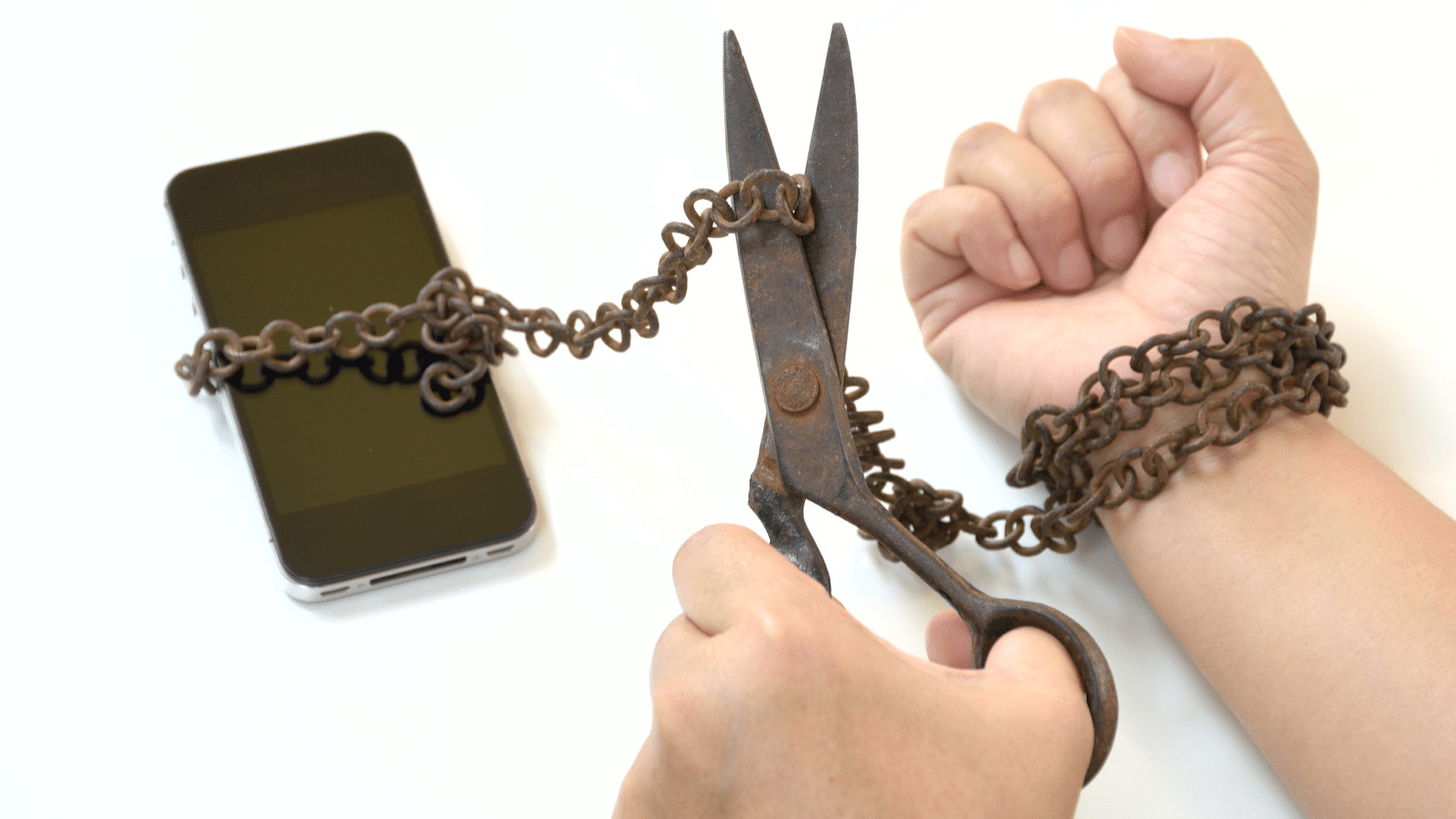The Global Day of Unplugging starts on March 3 and offers an excellent opportunity for people around the world to “disconnect from their devices and put digital wellbeing into action.”
This event is, in particular, a great way for kids to shift their mindset from digital distraction into mindful connection. Consider using the day as a jumping off point to explore healthy digital habits with your little ones.
Parentology had the opportunity to speak with Teodora Pavkovic, a nationally-recognized youth psychologist and digital wellness expert, to talk about the importance of kids taking part in the Global Day of Unplugging this year.
How can the Global Day of Unplugging be impactful, and why does it matter?
Teodora: None of us can really escape being online on a day-to-day basis – 52% of teens say they are online almost “constantly” – and so having a day like this gives us that ‘permission’ we need in order to be able to really unplug, at least for a little while.
There’s nothing like stepping away from the forest to better see its trees, and that’s exactly the kind of impact disconnecting can have: we have very little awareness of how much time and energy we actually channel [read: lose] through our time spent on the apps and platforms we frequent, and even though we may reap lots of benefits from these activities, they do also drain our own batteries.
Over and over, teens and adults report the ‘brain reset’ they experience after disconnecting from their devices for a period of time, and in this hyperconnected age of constant mental and emotional [over]stimulation, nothing matters more than giving our brains, bodies and souls a break.
What popular apps are the most harmful/addictive for kids? Why?
Elements of what is known as ‘persuasive design’ contribute to the potentially addictive nature of the apps and platforms that we all use. A few familiar examples – that people perhaps don’t even realize are features of persuasive design – are the ‘infinite scroll’ as well as the ‘pull-and-refresh’ option inside our social media feeds. And there are many, many others.
A platform that has done an exceptionally good job of ‘hooking’ its young users is Snapchat, and this is primarily because of its ‘Snapstreaks’ feature; in order to maintain Snapstreaks with your friends, you have to make sure to respond to them within a 24 hour period, otherwise, you ‘lose’ your streak.
The second most-popular app at the moment, Tik Tok, has done a similarly fantastic job of keeping people on its platform thanks to its limitless supply of short-form video content, in combination with a powerful algorithm that tirelessly works to show you what it thinks you’ll want to see next.
In the gaming world, games like Roblox, Fortnite and Minecraft employ a host of features to make their in-game experiences immersive and hard to step away from.
ALSO: Omegle is the Lesser Known Chat Site That Endangers Children
Across the board, whether we’re talking about social media or gaming platforms, three of the most serious risks children face are: being accessible to strangers, being exposed to adult content, and not being able to manage their own time spent online.
This is why it is crucially important that families stay informed on things like age recommendations on different apps, that they actively support their children in practicing self-regulation, and that they educate themselves around how to set up privacy and safety features on each platform a child frequents.
Is using a phone/tablet worse than watching television or video games?
Yes and no – it’s not quite as simple as that, given that both the content and context are really important to consider with any type of media consumption.
There are some great and developmentally-appropriate examples of children using all of these devices, and there are some pretty disturbing ones, too.
Not all screen-based content consumption is the same, so there are some key questions that parents and caregivers should consider, regardless of the device:
1. How age-appropriate is the actual content, and if the child is using an app or game on a phone/tablet or gaming console, are they old enough to be using it according to the official age restrictions?
2. Is the child consuming the content alone, or is someone around to supervise and/or provide some guidance?
3. Have age-appropriate expectations and boundaries around technology use been set and agreed upon?
4. Is the child developmentally mature enough to do things like seek out help if they come across problematic content or face an inappropriate interaction, can they critically think about the content they see, and are they capable yet of engaging in some level of self-regulating when it comes to time spent on devices.

How can parents go beyond the Global Day of Unplugging to meaningfully reduce a child’s addiction to screens?
An important first step for parents and caregivers is to open up a channel of communication around this topic with their child, in an age-appropriate way; what we often do as adults is approach this topic with an accusatory tone and with some misguided assumptions, and as a result, our children completely shut down to this ‘tech talk.’
It’s useful for parents to keep in mind that, while our children’s lives are playing out in the virtual world in ways that are completely unfamiliar to us, our children are also fully aware of all the risks and harms that this virtual world holds for them.
Many young people in the United States – nearly 40% of teenagers, according to recent research – report that they feel they are spending far too much time online, and that’s a fantastic conversation starter for a deep dive on technology use with your child.
Feel free to ask them questions about what frustrates them about modern-day technology, what they would like to change, what are some of the negative experiences they and their friends have had on social media and other platforms, and most importantly, share about your own experiences with feeling like you are ‘addicted’ to a certain app or a particular online habit (remember back when we all doomscrolled during the pandemic shutdowns?!).
From there, you can discuss what your own observations have been around their technology use, and then find ways to make that use healthier and safer.
With younger children you can, of course, take a much more direct approach to placing limits around technology use, but it’ll be important to stress the fact that any reduction in technology access or use is not a punishment, but an opportunity for them to start building critically important self-management skills.
And finally, as much as you can, try to keep that balance between the negative – restricting and reducing use – and the positive – finding fun and enriching ways to utilize technology not just as individuals, but as a family.









Add comment